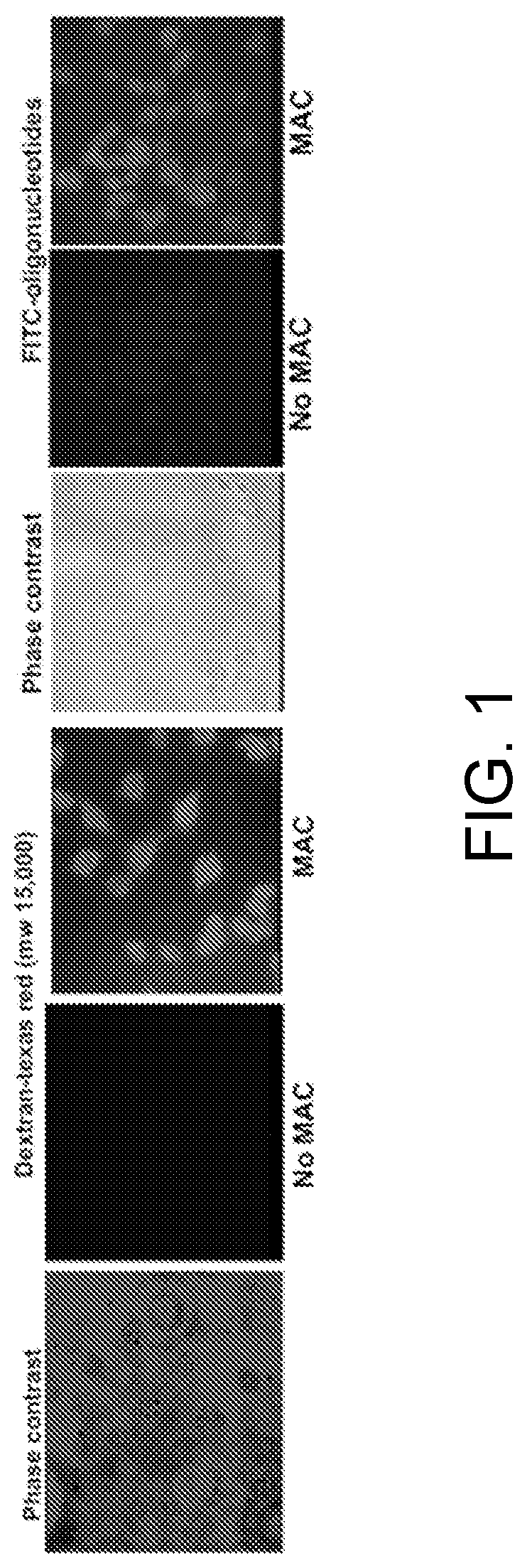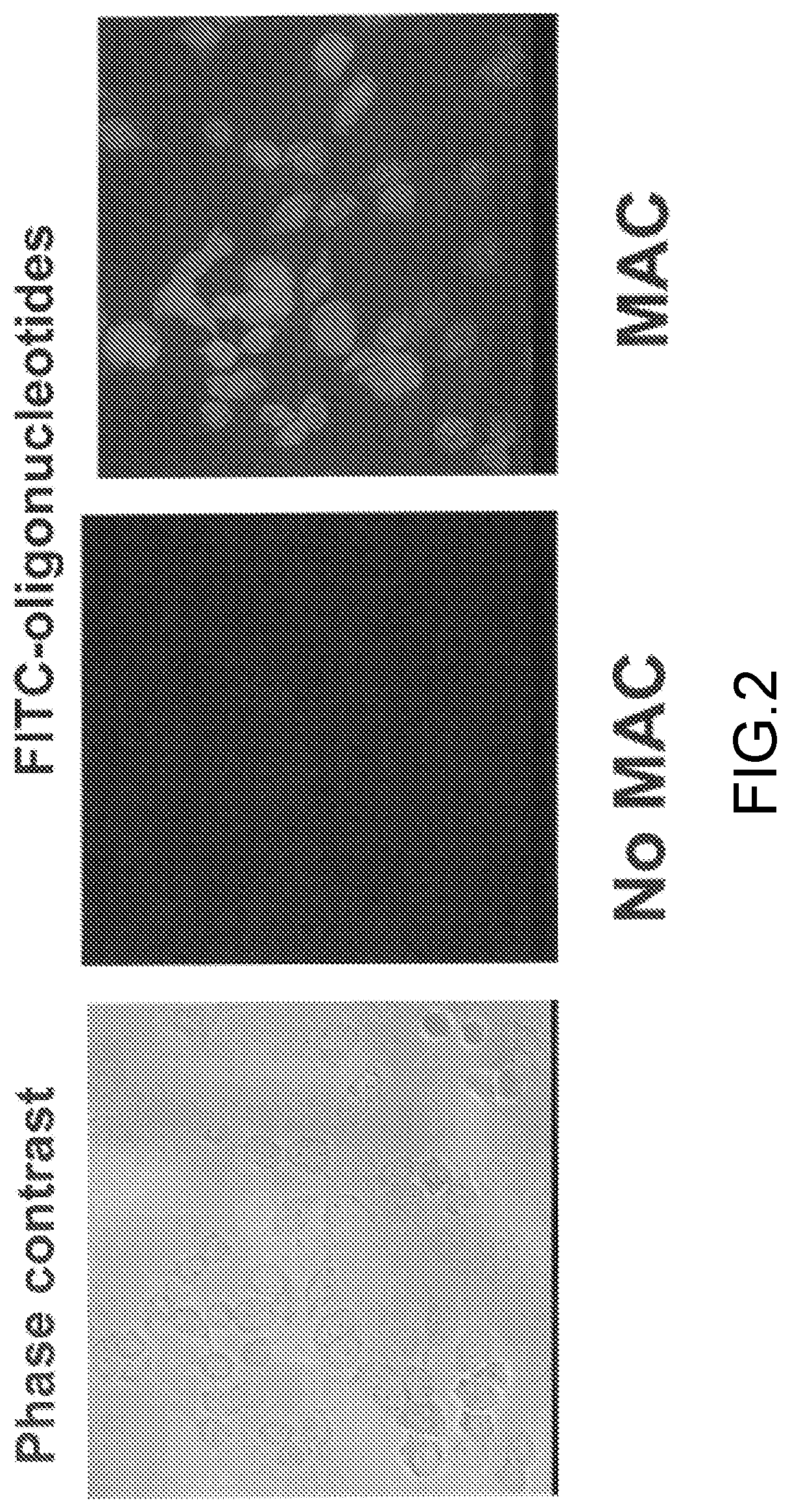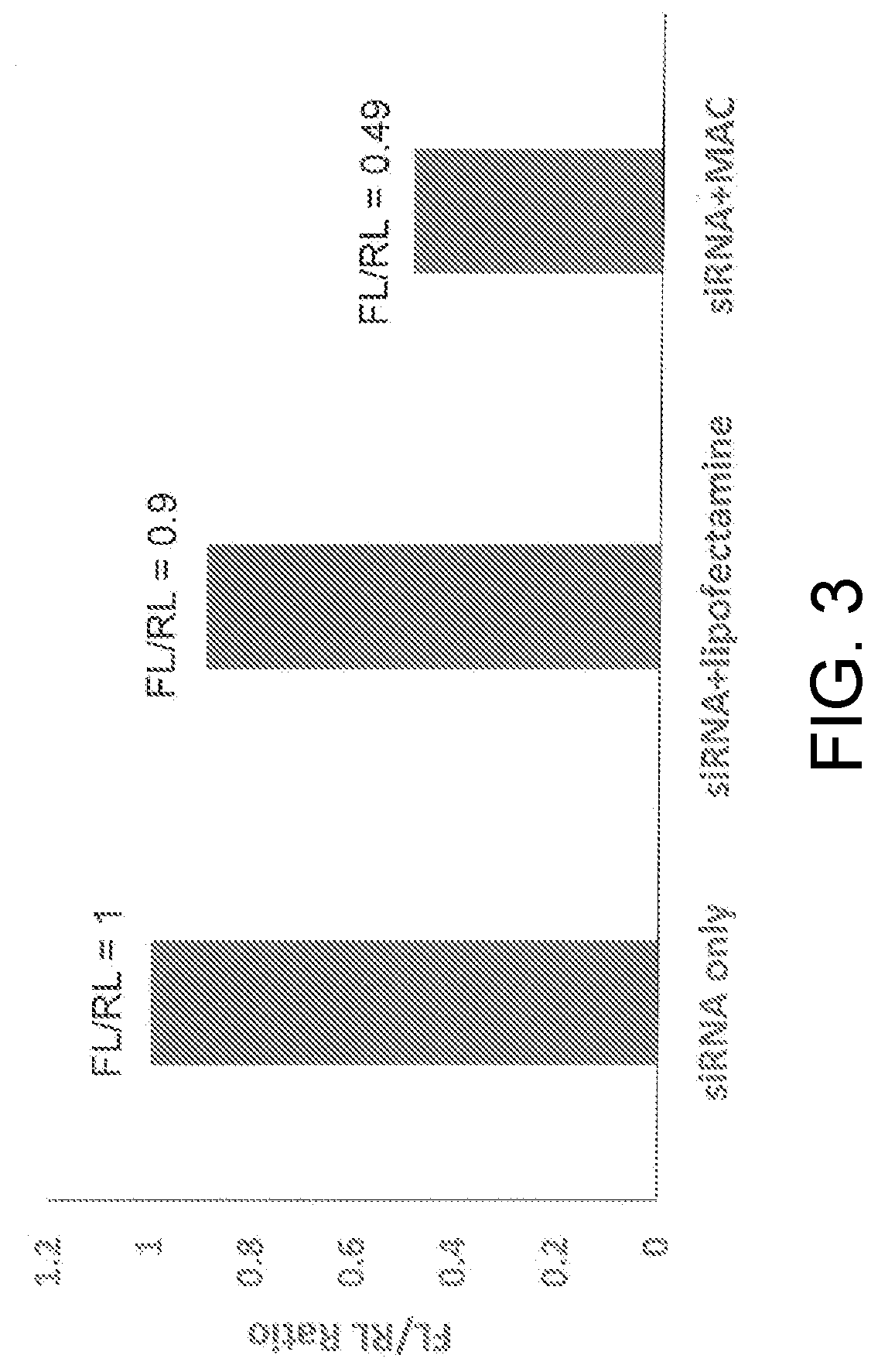Membrane attack complexes and uses thereof
a technology of membrane attack and complexes, applied in the direction of animal/human proteins, drug compositions, peptide sources, etc., can solve the problems of limiting the effective concentration of target cells, and achieve the effect of reducing the exposure of individuals to potentially toxic agents, high and often times toxic doses
- Summary
- Abstract
- Description
- Claims
- Application Information
AI Technical Summary
Benefits of technology
Problems solved by technology
Method used
Image
Examples
Embodiment Construction
[0016]Below a membrane attack complex of complement (MAC) for delivery inside target cells of therapeutic macromolecules that must but cannot cross the cell membrane is described.
[0017]The complement system is an effector of both adaptive and innate immunity. It is composed of more than 30 plasma proteins that normally circulate as inactive precursors. Complement proteins interact with one another in three enzymatic activation cascades (classical, alternative and lectin pathways) that eventually converge at the level of C3 and C5; thereafter, the three pathways share a common reaction sequence through the late components C6, C7, C8, and C9; polymerization of C9 eventually forms the MAC, the main effector of the terminal complement-pathway (see, for example, (Ghosh et al., Endocr Rev. 2015; 36(3):272-288)). The MAC is a trans-membrane pore with an effective radius of ≈7 nm and the capacity to perforate and kill “non-self cells” such as foreign erythrocytes or bacteria.
[0018]As is dis...
PUM
| Property | Measurement | Unit |
|---|---|---|
| effective radius | aaaaa | aaaaa |
| impermeable | aaaaa | aaaaa |
| concentrations | aaaaa | aaaaa |
Abstract
Description
Claims
Application Information
 Login to View More
Login to View More - R&D
- Intellectual Property
- Life Sciences
- Materials
- Tech Scout
- Unparalleled Data Quality
- Higher Quality Content
- 60% Fewer Hallucinations
Browse by: Latest US Patents, China's latest patents, Technical Efficacy Thesaurus, Application Domain, Technology Topic, Popular Technical Reports.
© 2025 PatSnap. All rights reserved.Legal|Privacy policy|Modern Slavery Act Transparency Statement|Sitemap|About US| Contact US: help@patsnap.com



